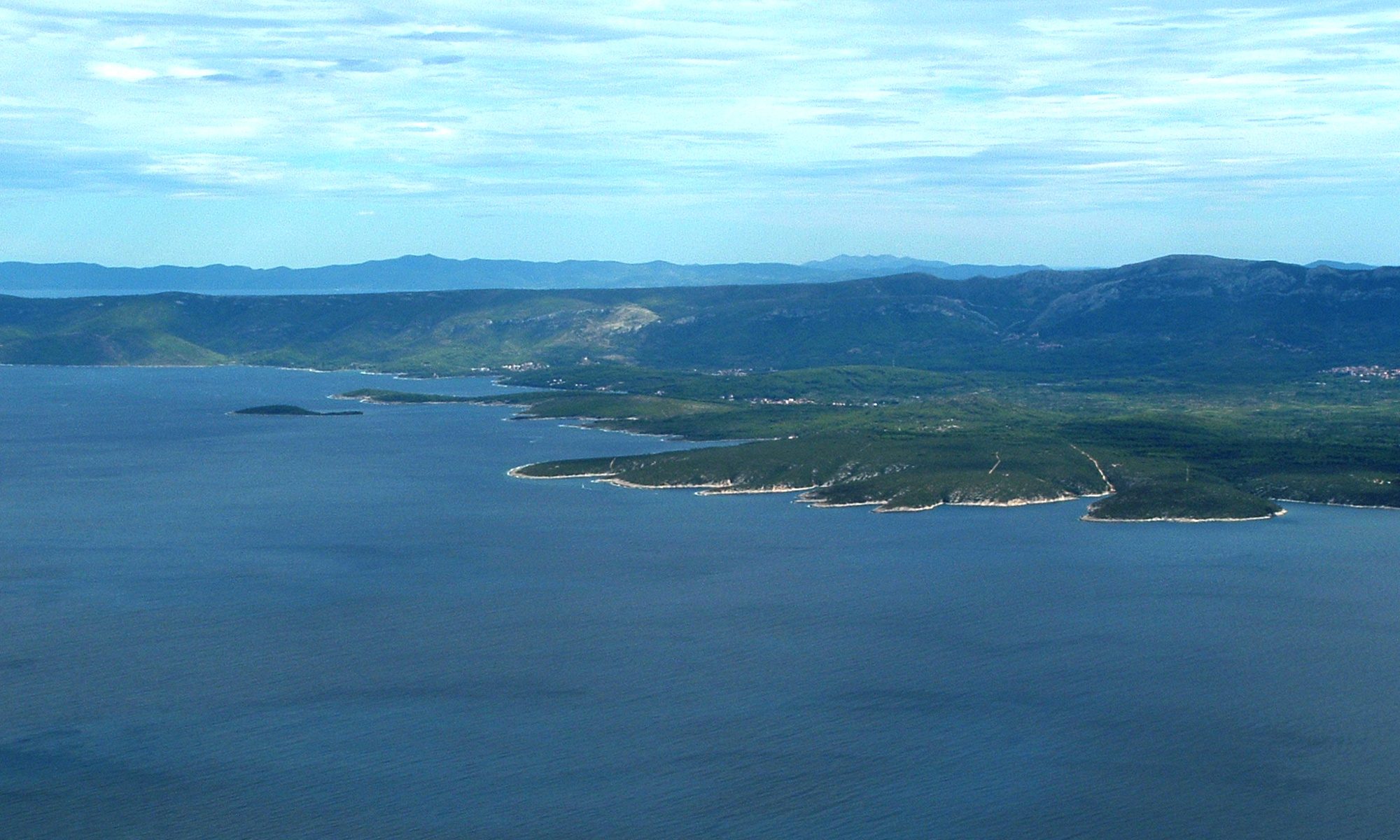Mount Everest: What is left to Map?
Alex Tait | National Geographic Society, USA
Keywords: Mount Everest, Sagarmatha, Qomolongma, mapping, history of cartography
The National Geographic Society has a long and rich history of exploration and cartography of Mount Everest and the Himalaya region. Spurred by a workshop I attended in Kathmandu that was held by the Survey Department of Nepal on their planned new measurement of the height of Everest, NGS is looking at new ways of measuring and mapping the mountain. In this paper, I will examine the full history of surveying and mapping of Mount Everest and assess what new geospatial data could be collected and what new mapping could be done.
The first map of the Himalaya and Tibet based on systematic exploratory surveys was compiled in 1733 by Jean-Baptiste Bourguignon d’Arville. Since then ever more accurate and larger scale mapping has revealed the details of the Himalaya and of Mount Everest itself. This progression of mapping in many ways culminated with the 1:50000 scale map of Mount Everest published in 1988 by the National Geographic Society. Bradford Washburnspear headed this project and it involved geodesists, photogrammetrists, cartographers, and artists from nine countries. Since 1988 we have seen an explosion of maps, terrain models, virtual 3D renderings, VR and AR environments and myriad other geovisualizations of Mount Everest. What more is left to map? Have we finished the cartography of Mount Everest?
As with mapping of any place, there are always new ways of seeing and, just as important, new data to integrate into maps. Possible areas for new data collection include: LIDAR survey, GPS data for geophysics, glacier measurements, meteorological measurements. National Geographic is also exploring potential new two- and three-dimensional cartography that could integrate environmental data and use new AR and VR technology to bring greater understanding of the mountain environment to our readers and viewers.
